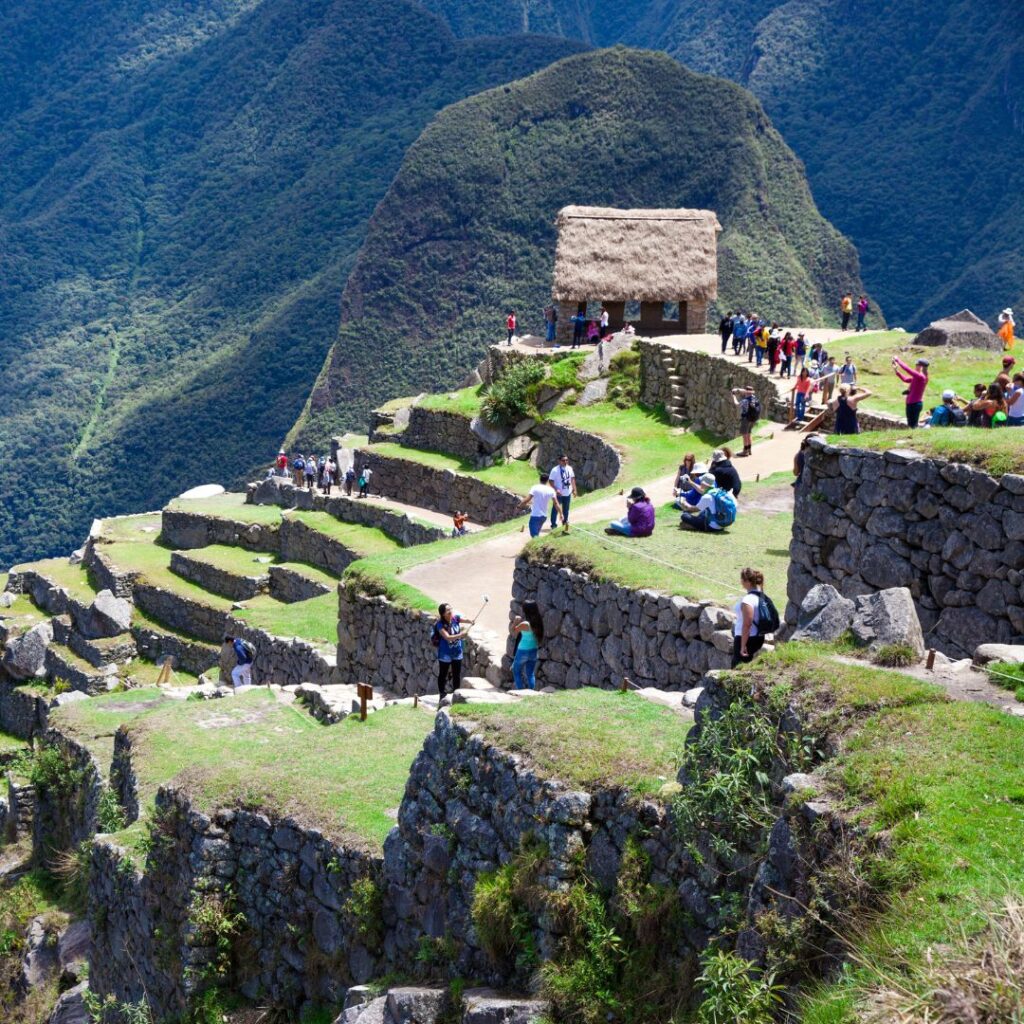In the ever-growing challenge of climate change, cities worldwide are taking center stage as they navigate the delicate balance between rapid urbanization and environmental sustainability. Combinig “Climate Neutrality and Sustainable Urban Development with Climate Action” serves as a comprehensive guide, outlining a roadmap for cities to achieve climate neutrality. This framework emphasizes the integration of diverse initiatives, addressing the multifaceted aspects of climate change. Simultaneously, the imperative of fast-tracking sustainable urban development with climate action is highlighted, showcasing the need for innovative strategies to transform urban landscapes into resilient, eco-friendly hubs.
Understanding Climate Neutrality
At the core of sustainable urban development lies the concept of climate neutrality, where cities strive to balance their greenhouse gas emissions with equivalent removal or offset measures. Achieving climate neutrality is a crucial milestone in the global effort to combat climate change, preventing further environmental degradation and securing a sustainable future for urban areas.
Key Components of a Combined Climate Neutrality and Sustainable Urban Development Framework
- Emission Reduction Strategies: The foundation that underscores the importance of implementing robust emission reduction strategies. Cities must identify and prioritize sectors responsible for significant emissions, such as transportation, energy, and waste management. Transitioning to renewable energy sources, promoting energy efficiency, and adopting sustainable urban planning practices are integral components of reducing emissions.
- Renewable Energy Integration: Transitioning to renewable energy sources is pivotal for both climate neutrality and fast-tracking sustainable urban development. Cities are urged to invest in clean energy infrastructure like solar and wind power while establishing policies that incentivize the adoption of renewable energy in residential and commercial sectors.
- Sustainable Transportation: Addressing the environmental impact of transportation is a shared goal. Cities are encouraged to prioritize sustainable transportation options such as public transit, cycling, and electric vehicles. Simultaneously, the need to create pedestrian-friendly infrastructure and integrate smart transportation systems is underscored to reduce carbon emissions and enhance urban livability.
- Circular Economy Practices: Embracing a circular economy model is vital for sustainable urban development. Cities are encouraged to implement recycling programs, promote sustainable consumption, and invest in waste-to-energy technologies. The goal is to minimize waste, maximize resource efficiency, and decrease the environmental footprint.
- Green Infrastructure and Urban Planning: Both emphasize the importance of green spaces and sustainable urban planning. Prioritizing green infrastructure, including parks, urban forests, and green rooftops, enhances aesthetics, contributes to carbon sequestration, and fosters biodiversity conservation.
- Community Engagement and Education: Successful implementation requires active community engagement and education. Cities must involve citizens in decision-making processes, raise awareness about climate issues, and empower individuals and businesses to adopt sustainable practices. Education campaigns drive behavioral change, creating a collective commitment to climate action.
- Policy Innovation and Collaboration: Fast-tracking sustainability requires innovative policies and collaboration. Cities should explore approaches that incentivize green practices, sustainable development, and climate resilience. Collaborating with businesses, NGOs, and stakeholders amplifies the impact of climate actions, fostering a comprehensive approach to urban sustainability.
Cities that are making it possible
There are many cities worldwide proving that sustainable urban development with climate action is prossible, such as Machu Picchu, the world’s first carbon neutral certified tourist destination and Bonito, a brazilian ecotourism destination whis is leading climate action by example, also as carbon neutral certified. Another example is the city of Curitiba, in Brazil, which has just been awarded as the world’s most sustainable smart-city in the world by the World Smart City Awards 2023.



Conclusion
Combining the “Climate Neutrality Framework” with the imperative of “Sustainable Urban Development with Climate Action” provides a holistic guide for cities. By integrating emission reduction strategies, renewable energy, sustainable transportation, circular economy practices, green infrastructure, community engagement, and innovative policies, urban centers can accelerate their transition to sustainable, resilient hubs. Embracing these initiatives positions cities as beacons of environmental responsibility, leading the way toward a more sustainable and climate-resilient future.
At Green Initiative, we empower organizations to integrate climate action at the core of their business models, helping achieve decarbonization targets and comply with international climate action standards. Contact us here.
by Yves Hemelryck, from the Green Initiative Team



